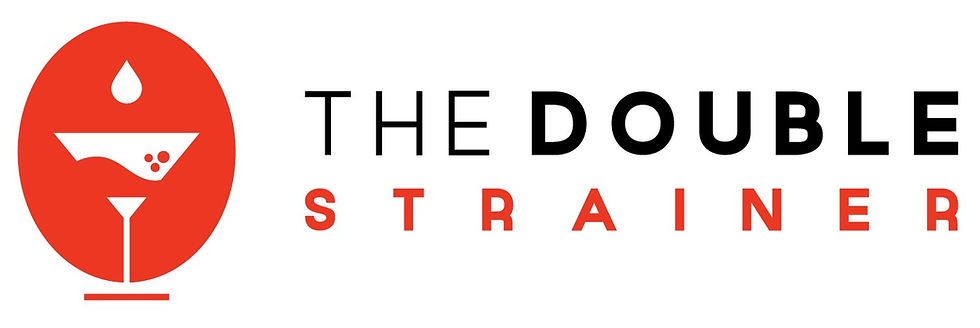Lynchburg Lemonade: The Highball Born in Tennessee
- infothedoublestrai
- Sep 24
- 3 min read

When it comes to crowd-pleasing American highballs, few drinks are as instantly refreshing and approachable as the Lynchburg Lemonade. A citrus-forward long drink that balances sweetness, acidity, and spirit, it’s a staple on many bar menus — and for good reason.
From its origin in Tennessee to its enduring popularity around the world, the Lynchburg Lemonade is a great example of how simplicity and structure can come together in a well-built cocktail.
The Origins: A Bar Dispute with a Lasting Legacy
The Lynchburg Lemonade was born in the early 1980s and is attributed to Tony Mason, a bar owner in Huntsville, Alabama. Mason created the drink using Jack Daniel’s Tennessee whiskey, triple sec, lemon juice, and lemon-lime soda. The name pays homage to Lynchburg, Tennessee, the home of the Jack Daniel's distillery.
The drink’s fame quickly spread, but not without controversy. Mason later sued the Jack Daniel’s company, claiming they had appropriated his recipe and used it in marketing without his permission. While the court ultimately ruled against Mason, the lawsuit helped cement the cocktail's place in mixological history.
Today, the Lynchburg Lemonade stands as both a regional nod and an international highball favorite — bright, clean, and easy to replicate consistently.
Structure and Flavor Profile
At its core, the Lynchburg Lemonade is a sour-based highball, lengthened with soda and layered with citrus and sweetness. The build typically includes:
Base spirit: Tennessee whiskey (or sometimes bourbon), providing warmth and character.
Citrus: Fresh lemon juice or sour mix adds acidity and brightness.
Orange liqueur: Triple sec brings sweetness and soft orange notes.
Soda: Lemon-lime soda (e.g., Sprite or 7Up) contributes effervescence and balance.
The result is a light-bodied, aromatic cocktail with broad appeal — refreshing enough for summer service, yet structured with a solid whiskey backbone.
The Classic Recipe
Tools:
Shaker
Strainer
Barspoon
Glassware:
Highball or Collins glass
Ingredients:
40 ml Tennessee whiskey (e.g., Jack Daniel’s)
20 ml Triple sec
20 ml Fresh lemon juice
90 ml Lemon-lime soda (e.g., Sprite)
Garnish:
Lemon wedge or wheel
Method:
Fill a shaker with ice.
Add Tennessee whiskey, triple sec, and fresh lemon juice.
Shake vigorously for 8–10 seconds.
Strain into a highball/Collins glass filled with fresh ice.
Top up with chilled lemon-lime soda.
Stir gently with a barspoon to combine.
Garnish with a lemon wedge or wheel.
Bartender Tips for Better Execution
Use fresh lemon juice instead of sour mix for a cleaner, more natural acidity.
Chill your soda before use — warm soda will reduce carbonation and dull the drink.
Control dilution by shaking briefly and topping with soda, ensuring the drink stays bright and balanced.
Adjust soda levels depending on whether you want a sweeter or drier result.
For large-scale service, the Lynchburg Lemonade is also easily batchable — combine all ingredients except soda, keep chilled, and top with soda to order.
Modern Variations
While the original recipe uses Tennessee whiskey, the structure invites experimentation:
Rum-based version: Substitute with dark rum (like Gosling’s Black Seal) for a deeper, molasses-rich profile.
Herbal liqueurs: Replace or combine triple sec with elderflower or orange amaro.
Dry version: Use soda water instead of lemon-lime soda and add simple syrup to taste for better sugar control.
Conclusion
The Lynchburg Lemonade is more than just a sweet, fizzy drink — it’s a balanced highball with a story, a structure, and a place in American cocktail history. Whether you serve it in its classic form or put your own spin on it, it’s a reliable, refreshing option that works in nearly any setting.
Its approachable flavor profile and visual brightness make it a versatile addition to any cocktail menu, from laid-back bars to curated highball lists.
For more articles about signature & classic cocktails click HERE,
and stay up to date by subscribing to our newsletter HERE.







Comments